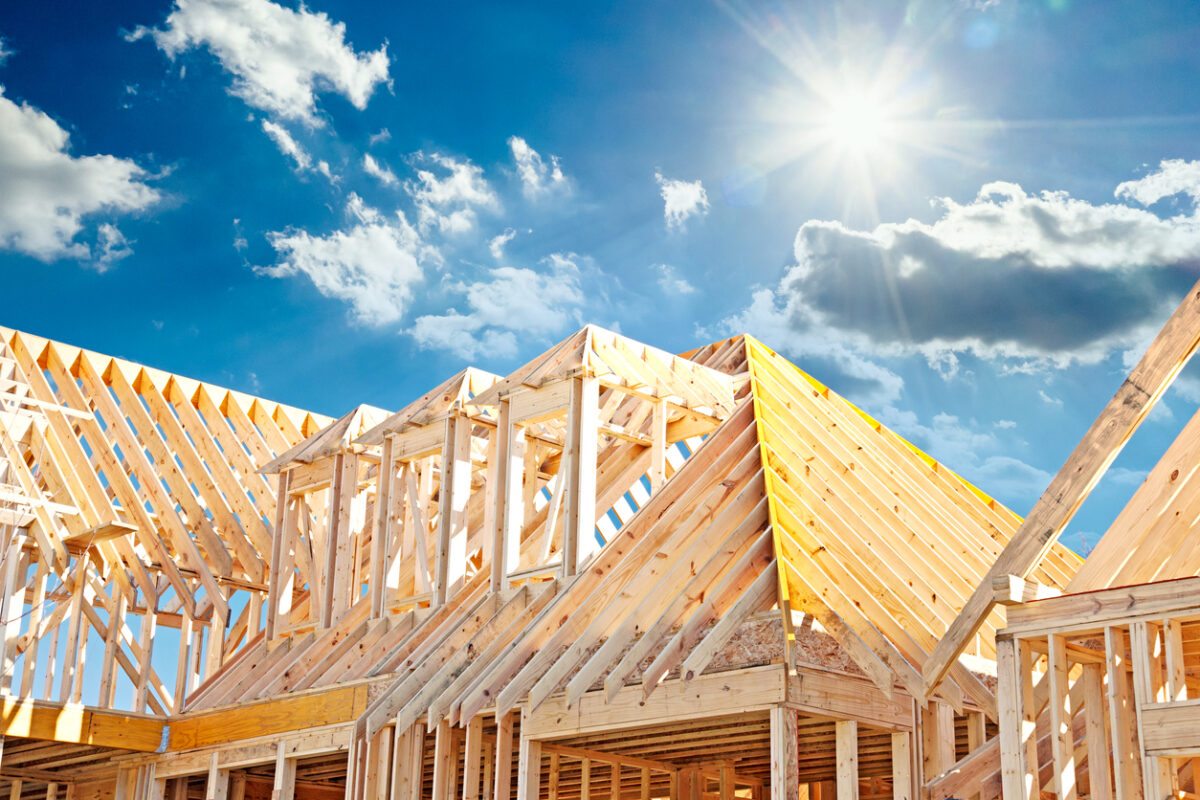We may earn revenue from the products available on this page and participate in affiliate programs. Learn More ›
Not only is sustainability in vogue, but it is becoming more critical as climate change and other environmental issues are being felt more widely. You can make a difference by choosing sustainable building materials for your home, whether you are building new or renovating.
While many choose sustainable building materials to minimize the impact on the environment and human health, there are several considerations when selecting an eco-friendly product. Whether or not it is sourced responsibly, energy-efficient, contributes minimal or zero carbon emissions, waste-reducing, made from renewable or recycled materials, nontoxic, reusable and/or recyclable, biodegradable, and durable affect the building product’s impact on the planet.
Here are some sustainable building materials to explore and consider including in your next home project.
1. Hempcrete
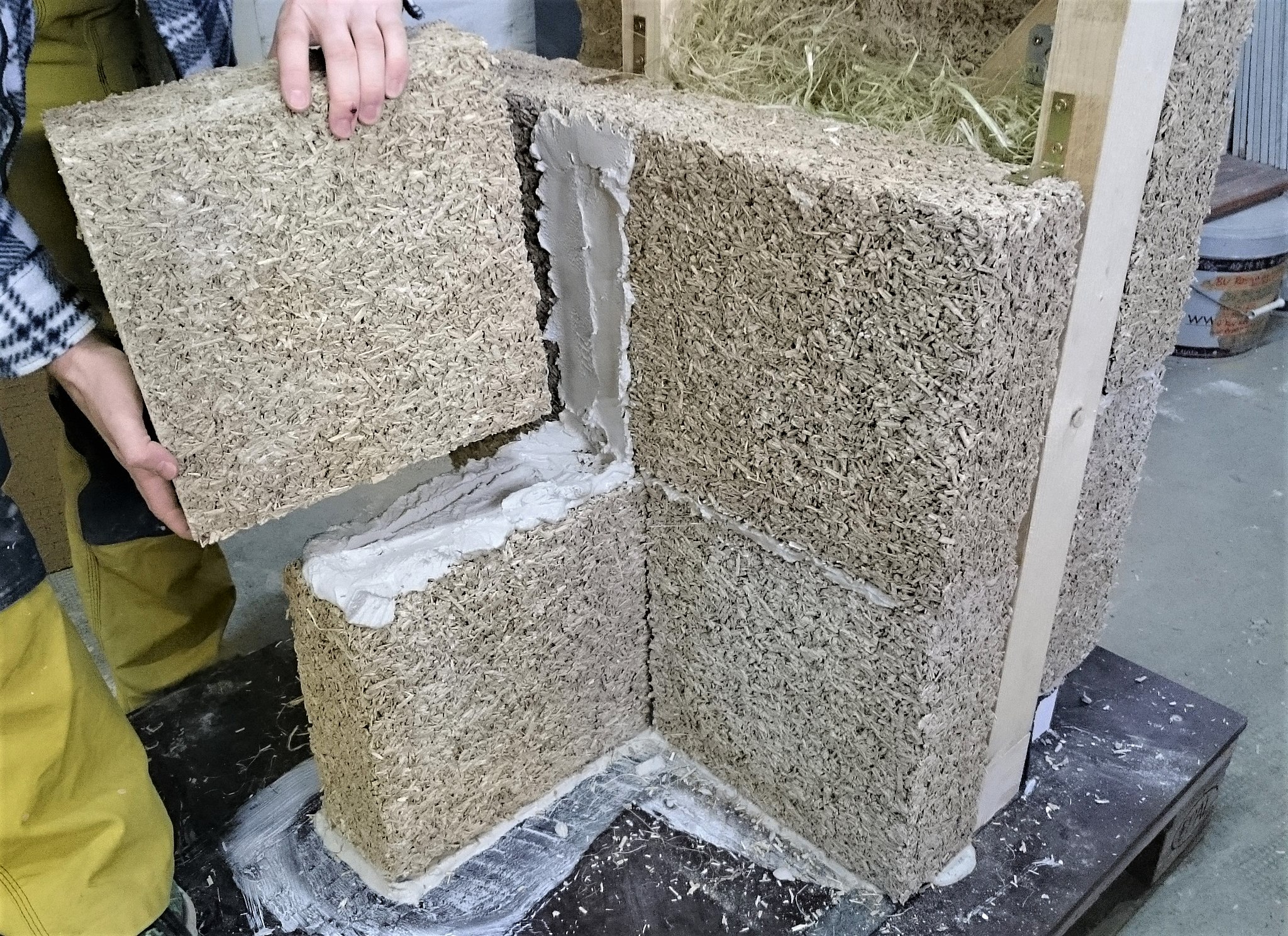
Looking for a sustainable home insulation option? Hempcrete is a plant-based product made of sand, hemp fibers, and lime material. It is breathable, lightweight, long-lasting, fireproof, pest-resistant, and resistant to cracks and shrinkage. It also helps absorb carbon dioxide during the curing process. Additionally, carbon dioxide is absorbed and offset during the life cycle of the hemp plant.
The product is available in two forms: as pre-cured insulation blocks or cast in place, which involves using form boards to create walls. Ideal in most climates, hempcrete can be purchased from Hempitecture as well as other companies that have started to manufacture the material.
2. ByBlocks
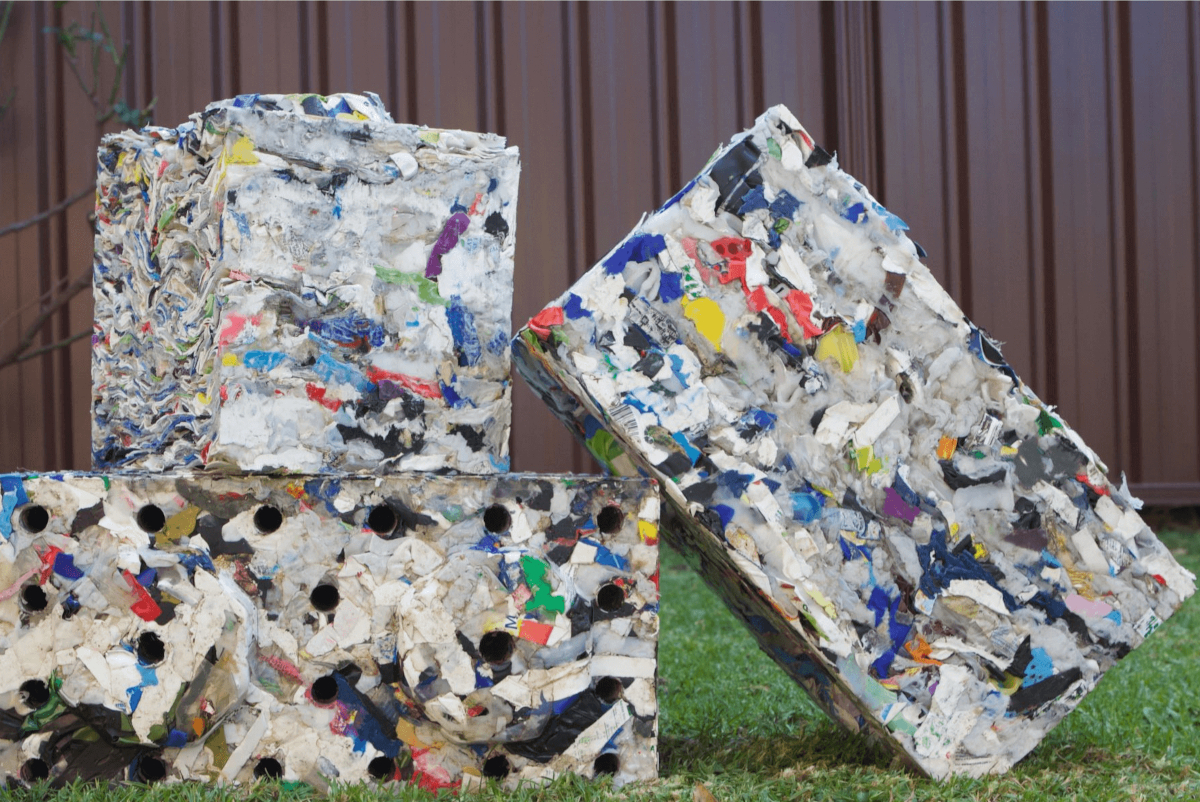
ByBlocks are the first construction-grade building material developed entirely from recycled (and often non-recyclable) plastic waste. A single ByBlock is made from 22 pounds of plastic, keeping that waste out of landfills. They can be used in lieu of concrete blocks and are ideal for retaining walls, sound walls, sheds, privacy fencing, landscaping, accent walls, and furniture.
These blocks have many advantages: water-resistance, crack-resistance under high pressure, and 41 percent fewer greenhouse gas emissions than concrete blocks. Furthermore, they do not require glue or adhesives, and they are created in a zero-waste process. ByBlocks can be purchased from manufacturer ByFusion.
3. Mass Timber
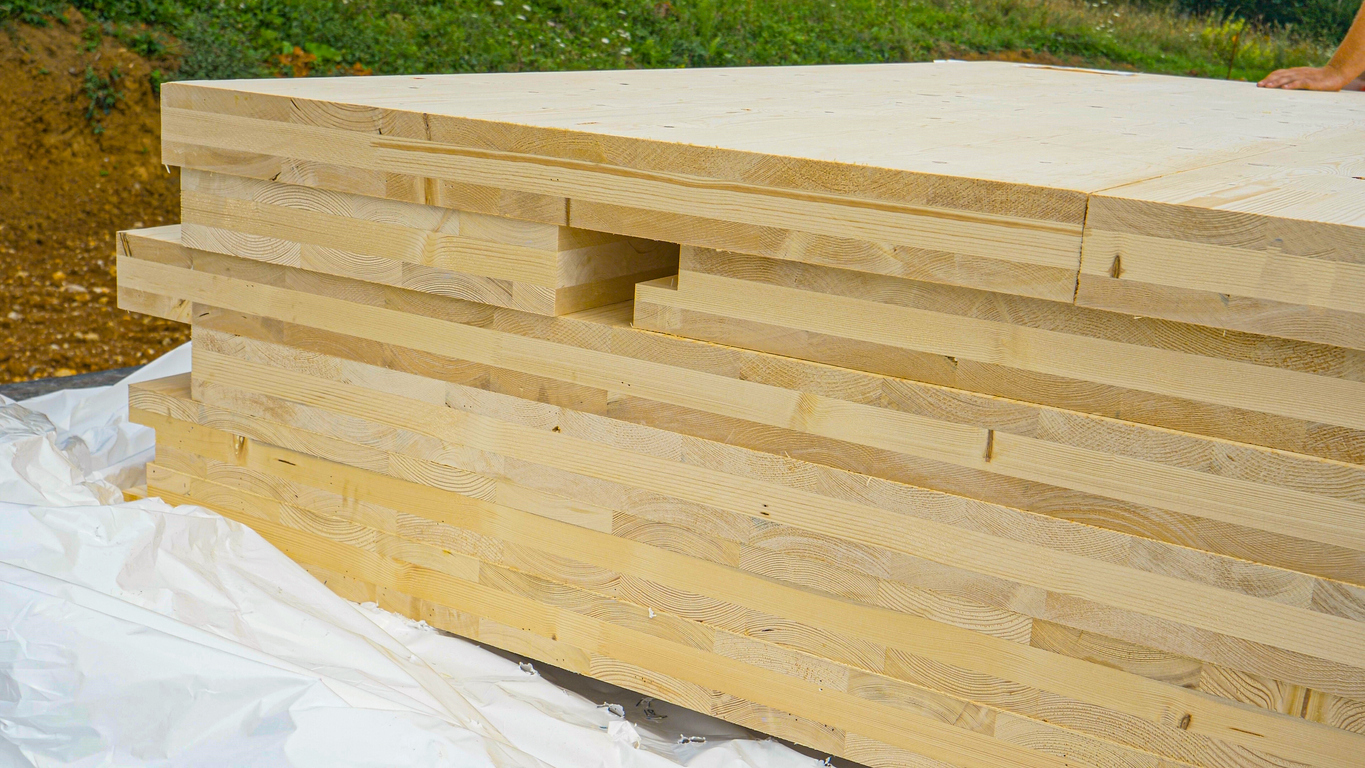
Following changes in building codes, mass timber (short for massive timber) is gaining traction in the United States and could significantly impact the building sector by reducing carbon emissions, especially if it is combined with responsible forestry practices. Mass timber consists of thick layers of wood compressed to form large structural panels, posts, or beams for construction.
The result is an exceptionally strong, versatile, and load-bearing material that can be used for wall, floor, and roof construction. Mass timber is advantageous because it weighs much less than concrete and steel but serves the same purpose. Finally, building with mass timber is more efficient and less wasteful; it can reduce on-site waste and utilize wood that would otherwise be discarded.
4. Solar Shingles
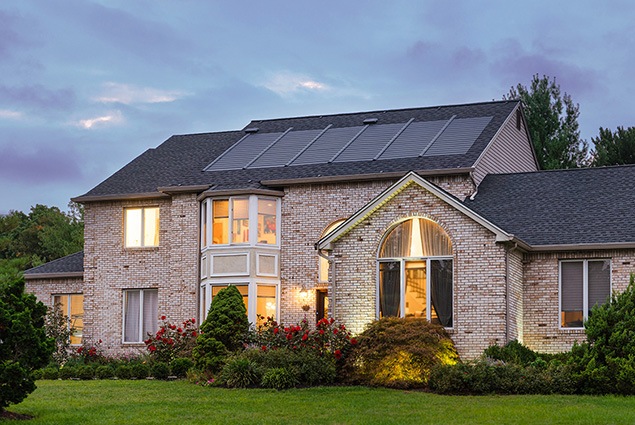
Thinking about going solar? The technology has been improving, making solar easier to install and maintain. GAF Energy now offers a new Timberline Solar roofing system that is made up of shingles as opposed to panels or heavy tiles. They are sleeker and offer more traditional curb appeal as their design blends into the aesthetic of the house. The company calls it a solar shingle—a marriage of solar and roofing.
GAF’s solar shingles are water-shedding, strong, and guaranteed to withstand up to 130 mph winds. The other huge benefit is that you can use the same installer for both. If you are ready to invest in solar and save on your energy bills over time, consider GAF Energy Solar Shingles.
RELATED: 12 Solar-Powered Products to Get Your Year Off to a Sustainable Start
5. Bamboo
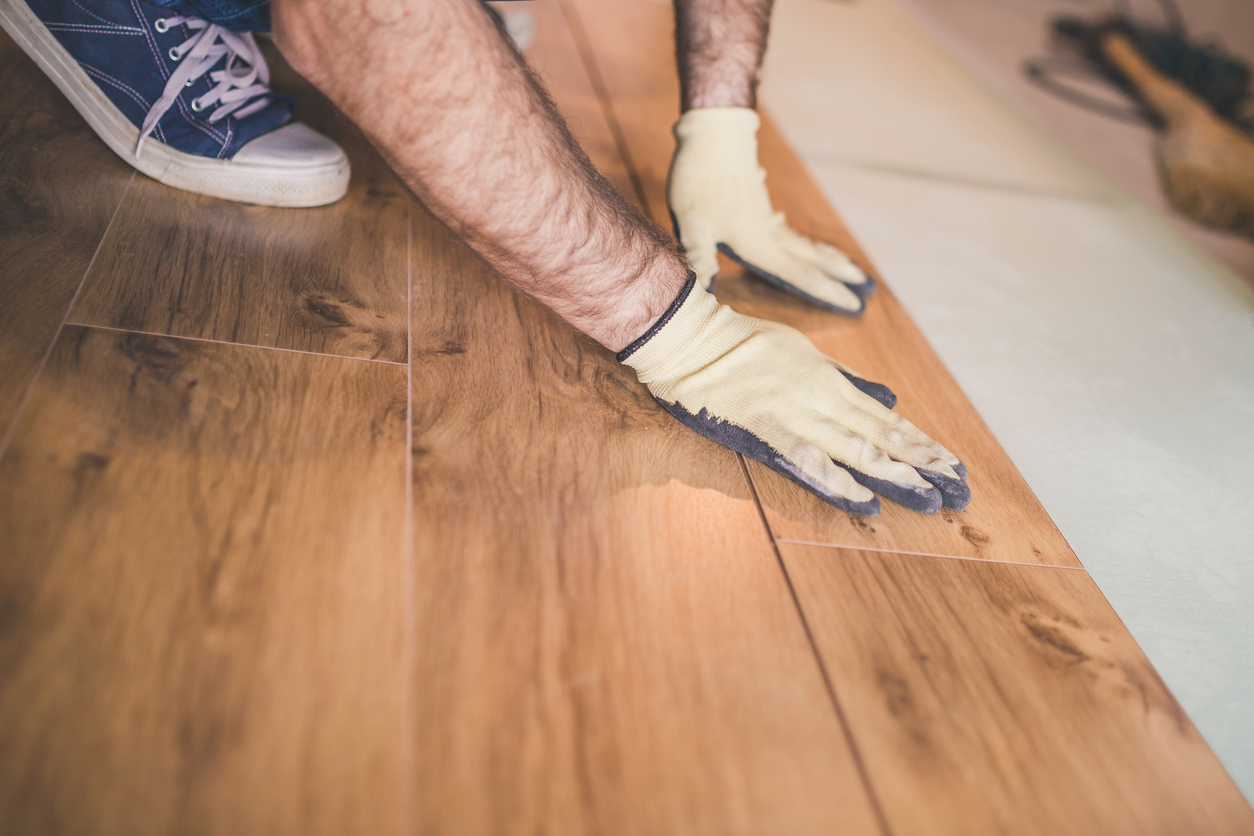
A more widely known trend in sustainable construction materials is bamboo, which is used mainly for flooring but also in wall coverings and countertops. When installed, it resembles traditional wood. It is also a biodegradable and sustainable material since bamboo is one of the fastest growing plants in the world.
When you choose bamboo for flooring or other surfaces, you are helping to slow the rate of deforestation. While traditional wood has a harvesting cycle of at least 25 years, bamboo’s cycle is only 3 years. Bamboo is also affordable, durable, and easy to install.
6. Ashcrete
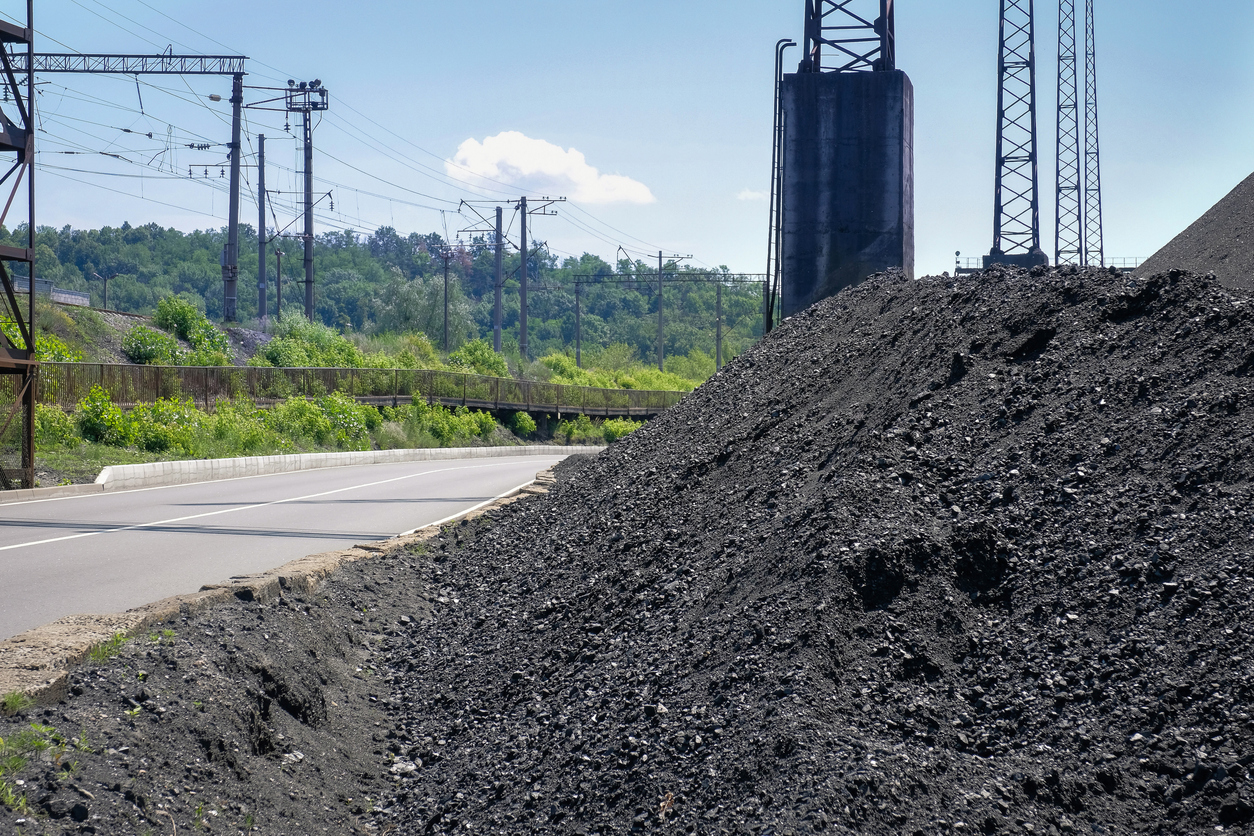
Ashcrete is an environmentally friendly alternative for concrete made of about 97 percent recycled materials. It consists of fly ash and bottom ash (by-products of coal combustion) and borate, a chemical in the chlorine family.
However, Ashcrete is actually stronger and more durable than regular concrete because of its smaller pores. Additional advantages include having a high resistance to acid, fire, and temperature changes. It also saves water, since it requires less water during the hardening process.
7. Smart Glass Windows

Replacing your windows with an eco-friendly option like smart glass can help make your home more comfortable and save money over time. Most often used in commercial and industrial construction, smart glass is similar to photochromic or light-adaptive eyeglass lenses that are clear indoors and darken automatically when exposed to sunlight.
Smart glass windows have the ability to change their heating properties based on the amount of light passing through them. Companies such as SageGlass have developed electrochromic coatings that employ a low voltage of electricity to darken windows during hot summer months to reduce the amount of air conditioning needed to cool a building. On the other hand, windows can be switched to transparent during winter months to allow more light and heat to pass through.
8. Cork
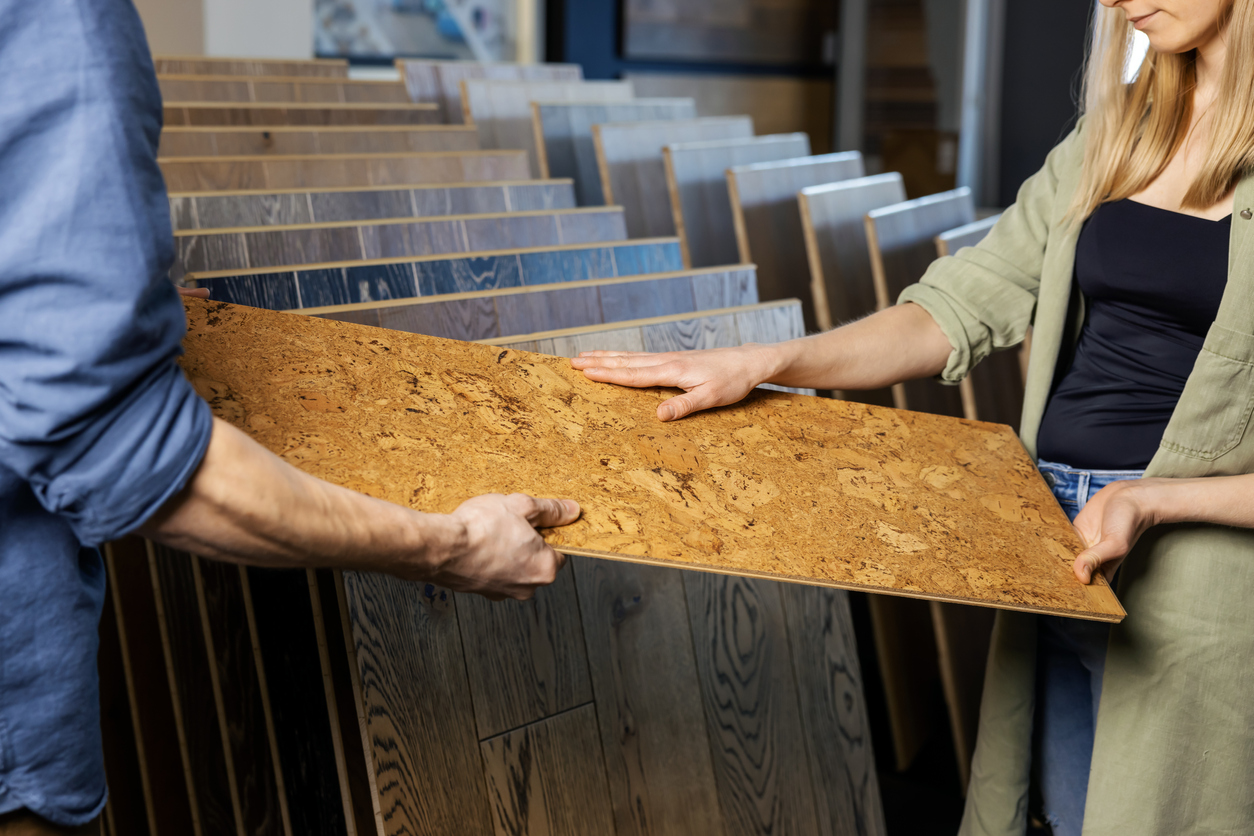
Cork is another green option with a great deal of potential use in the construction industry. It is a renewable material that’s harvested from cork oak trees that can be sustainably and ethically sourced. No trees need to be cut down to produce it since it is made by peeling the tree bark by hand.
Currently, cork is typically used for flooring, with the possibility for future uses in the coming years. As far as usability, there are several benefits. It is an effective and affordable insulator, comfortable, durable, naturally mold and mildew resistant, hypoallergenic, and antimicrobial. Plus, it’s easy to install, maintain, and refinish.
9. Newspaperwood
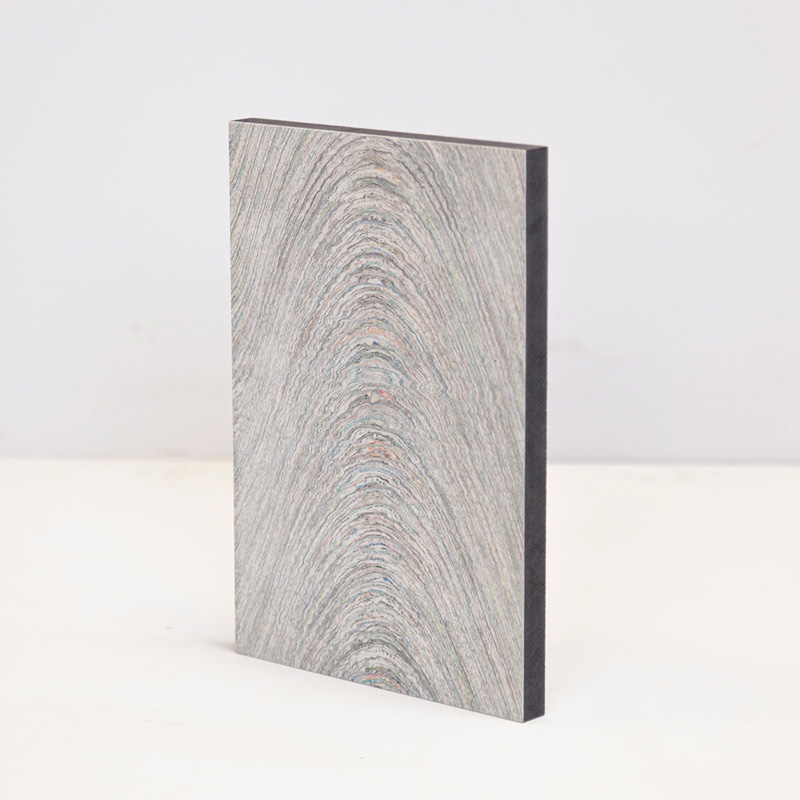
Newspaperwood is a cutting-edge material actually reverses the paper production process by turning paper, which would otherwise end up as waste, back into a material that resembles wood.
Developed by using a special layering technique and solvent-free glue to create planks, newspaperwood can be made into furniture and cabinetry. It can be produced in a variety of thicknesses for a range of purposes, from paper-thin to extra thick. Newspaperwood is waterproof, and flame-retardant, and 100 percent recyclable and biodegradable. It can be sawed, sanded, and finished with wax, oil, paint, or varnish.
10. Plant-Based Rigid Foam
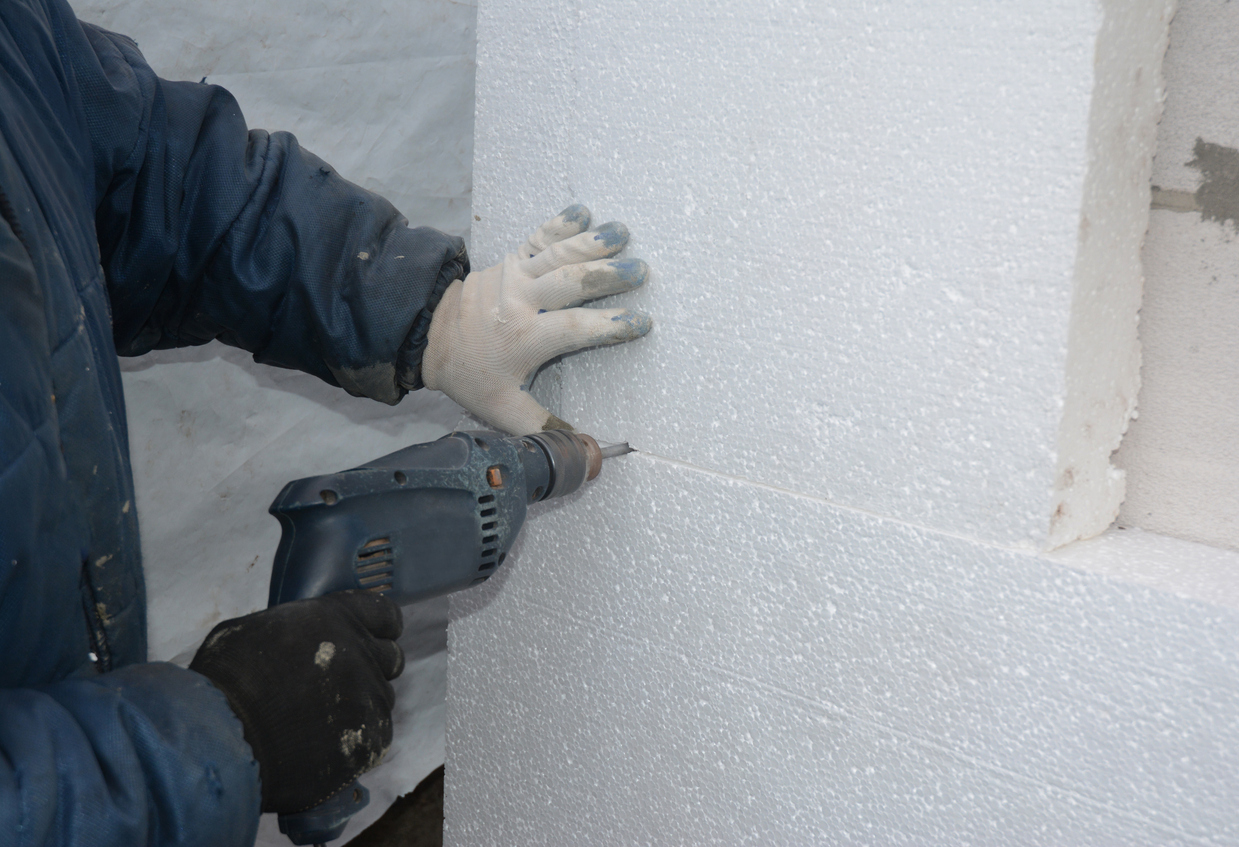
Rigid foams used in many building materials are typically made from petroleum-based products that are not kind to the environment. But now we have a better option: plant-based rigid foam. This new generation of environmentally-friendly foams can be produced from a variety of components, such as hemp, bamboo, and kelp or from biopolymers that contain less carbon dioxide like ethylene vinyl alcohol, polyvinyl alcohol, polysaccharide, and starch.
These plant-based foams are typically used for insulation, thermal barriers, and flooring. They are durable, energy-efficient, effective at minimizing noise, and naturally resistant to heat, moisture, mold, and pests. Given their natural and nontoxic make-up, they are also better for our health.

